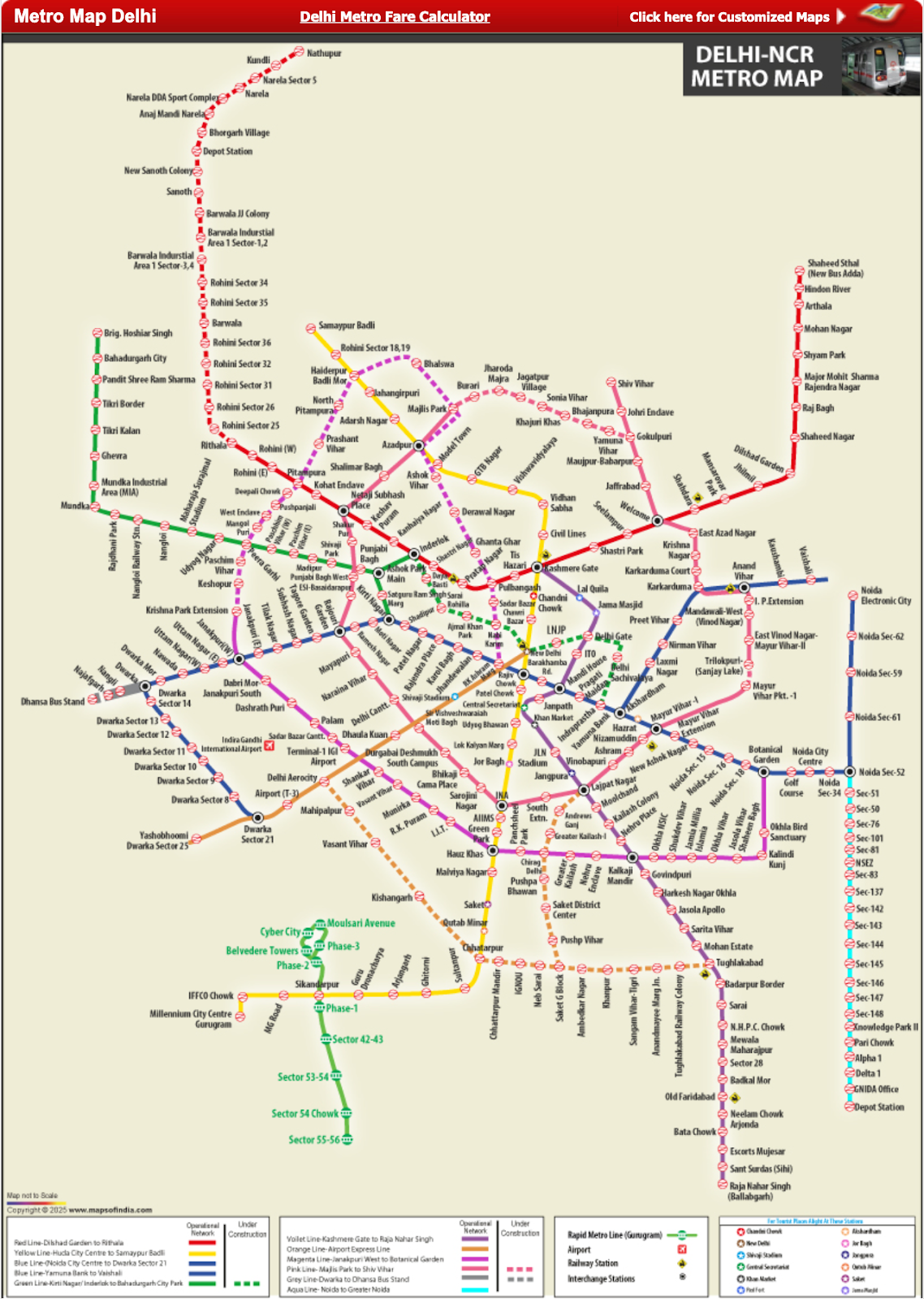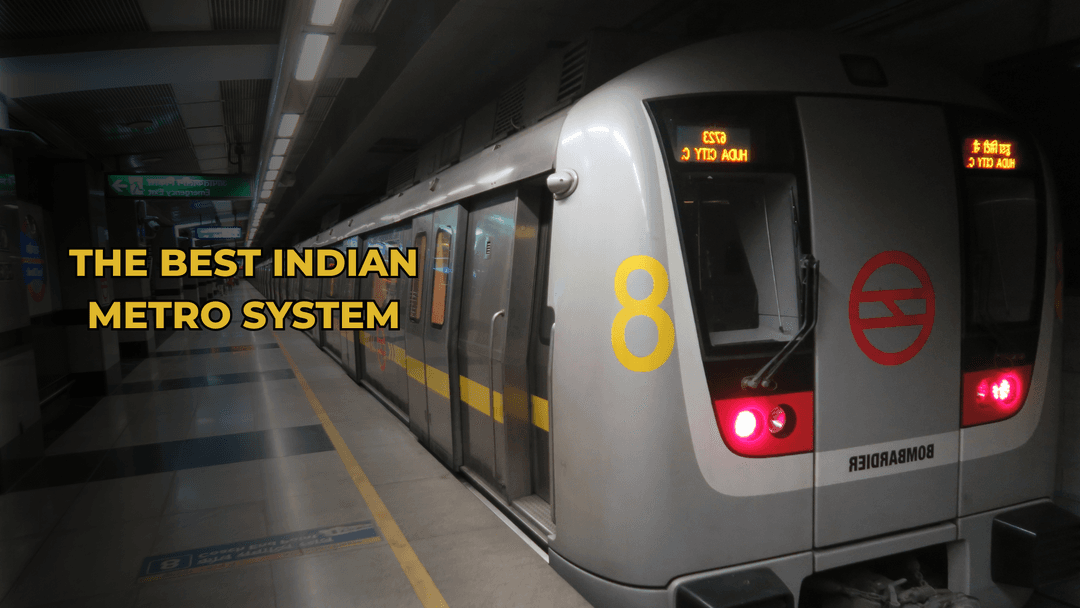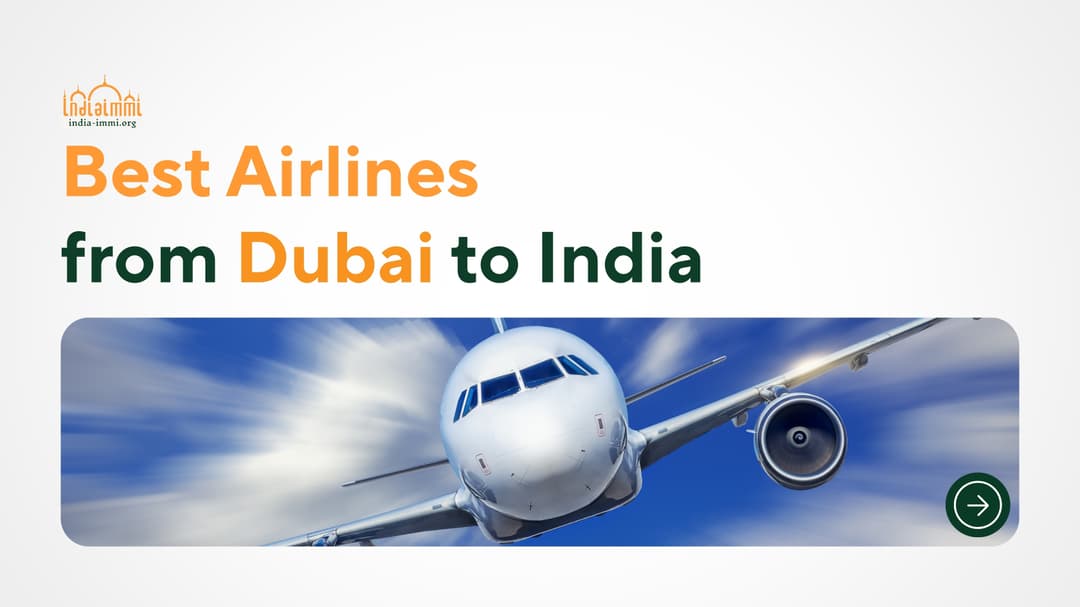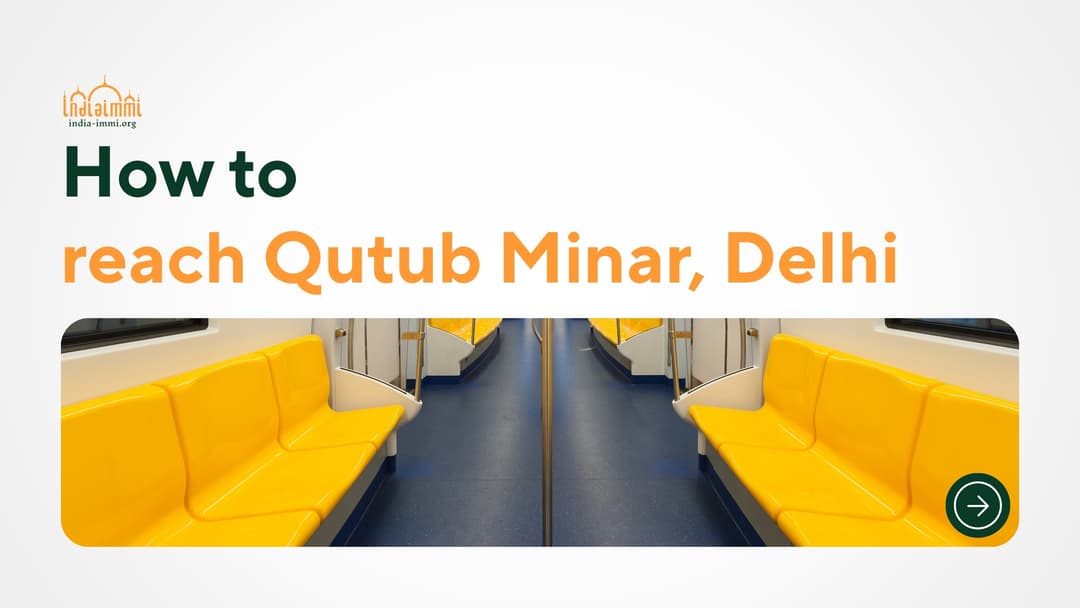If you think transportation in India is only about tuk-tuks and endless traffic jams, the modern metro system will completely change your perspective. In major cities such as Delhi, Bengaluru, Hyderabad, Kolkata, and Mumbai, the metro has become a fast, convenient, and safe solution for both locals and international travelers. Among them, Delhi Metro is the most advanced, offering world-class facilities.
1. First Impressions of the Indian Metro
-
Strict security: Just like at the airport, both passengers and luggage go through X-ray scanners and security gates.
-
Modern and clean: Trains are well-maintained, air-conditioned, and stations are equipped with safety doors separating platforms from the tracks.
-
Traveler-friendly: Clear bilingual signs in Hindi and English make navigation easy.
-
High frequency: Trains run every 3–5 minutes during peak hours, minimizing waiting time.
-
Safe for women: Each train includes a dedicated women’s coach, ensuring comfort and safety.
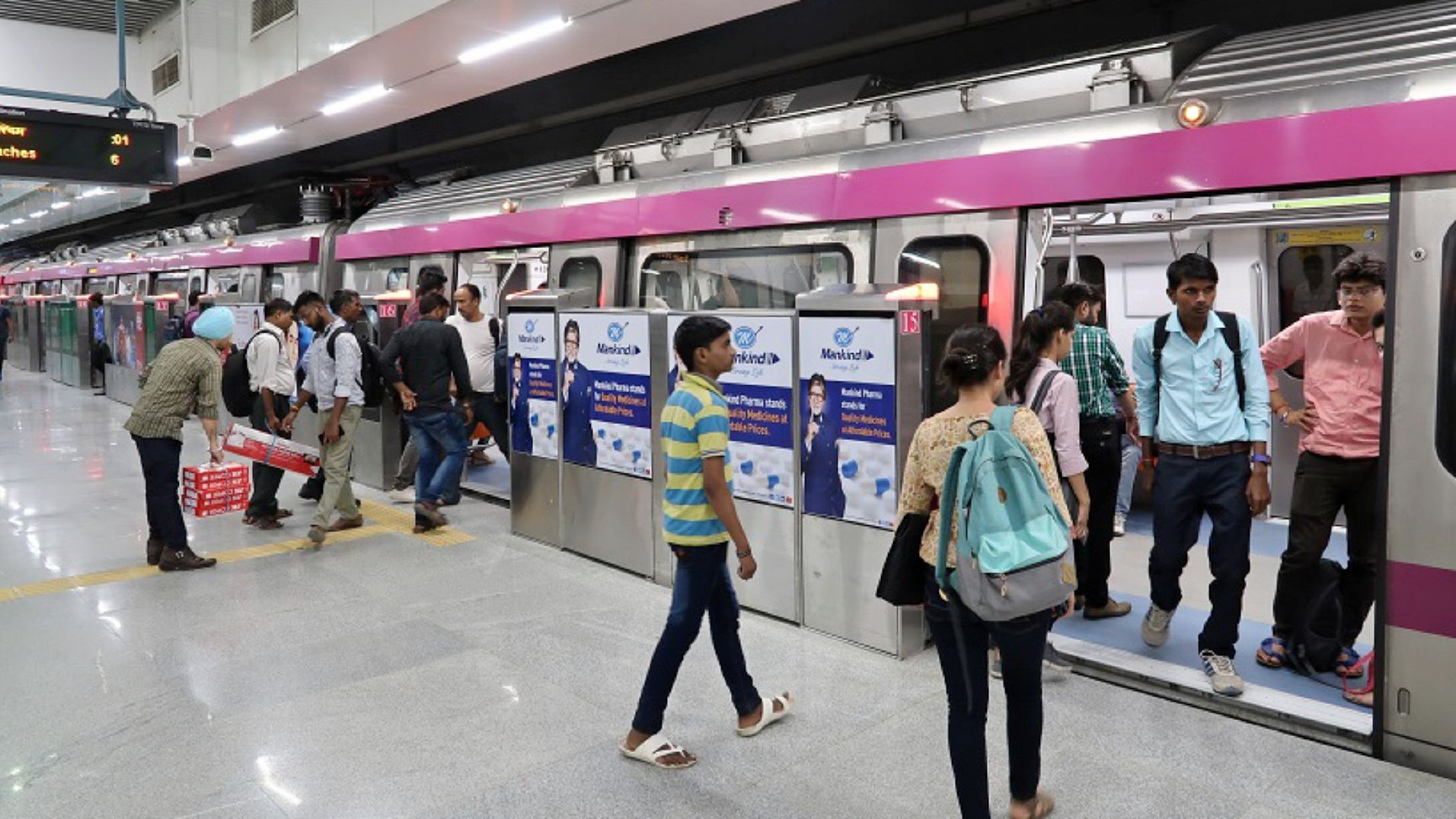
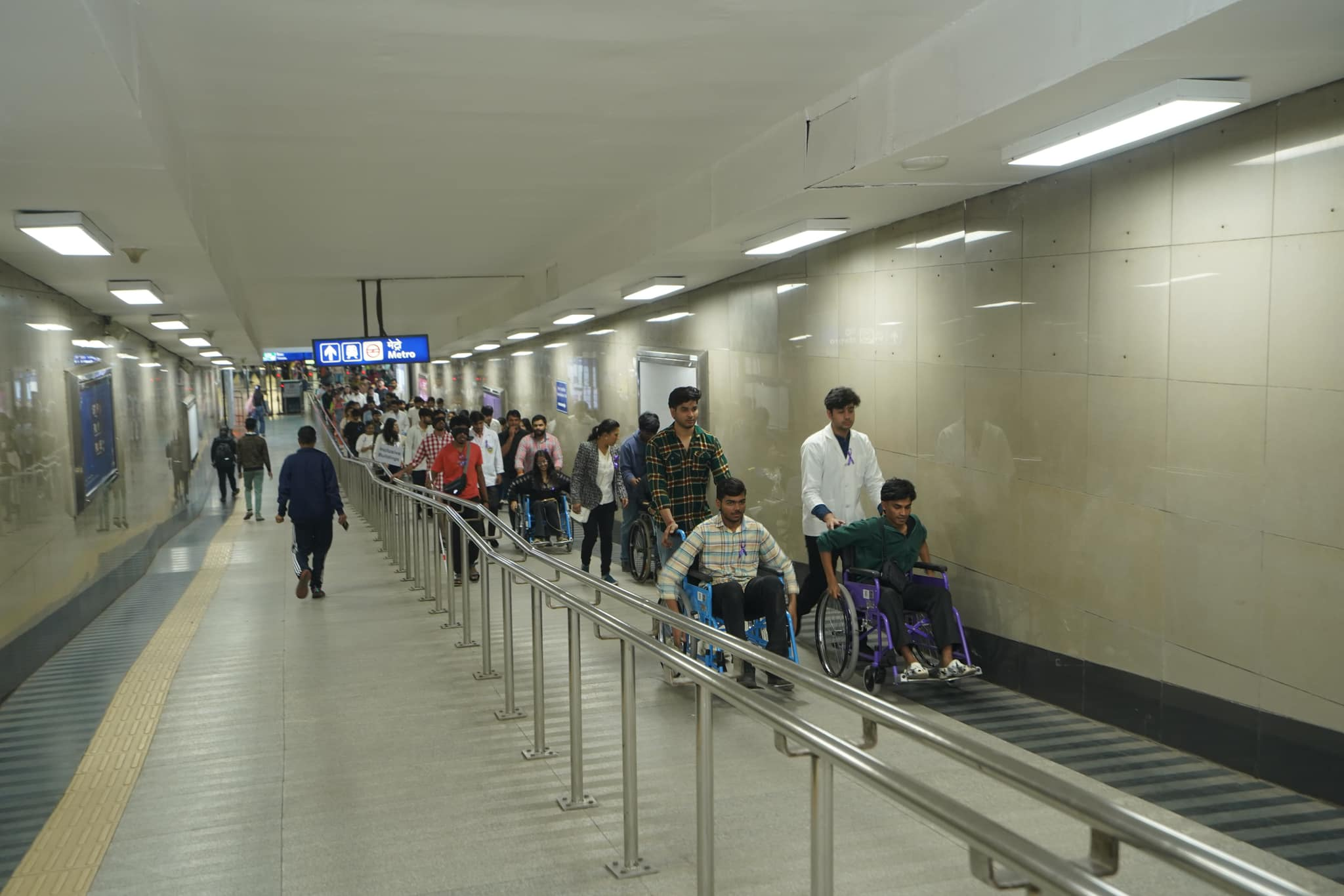
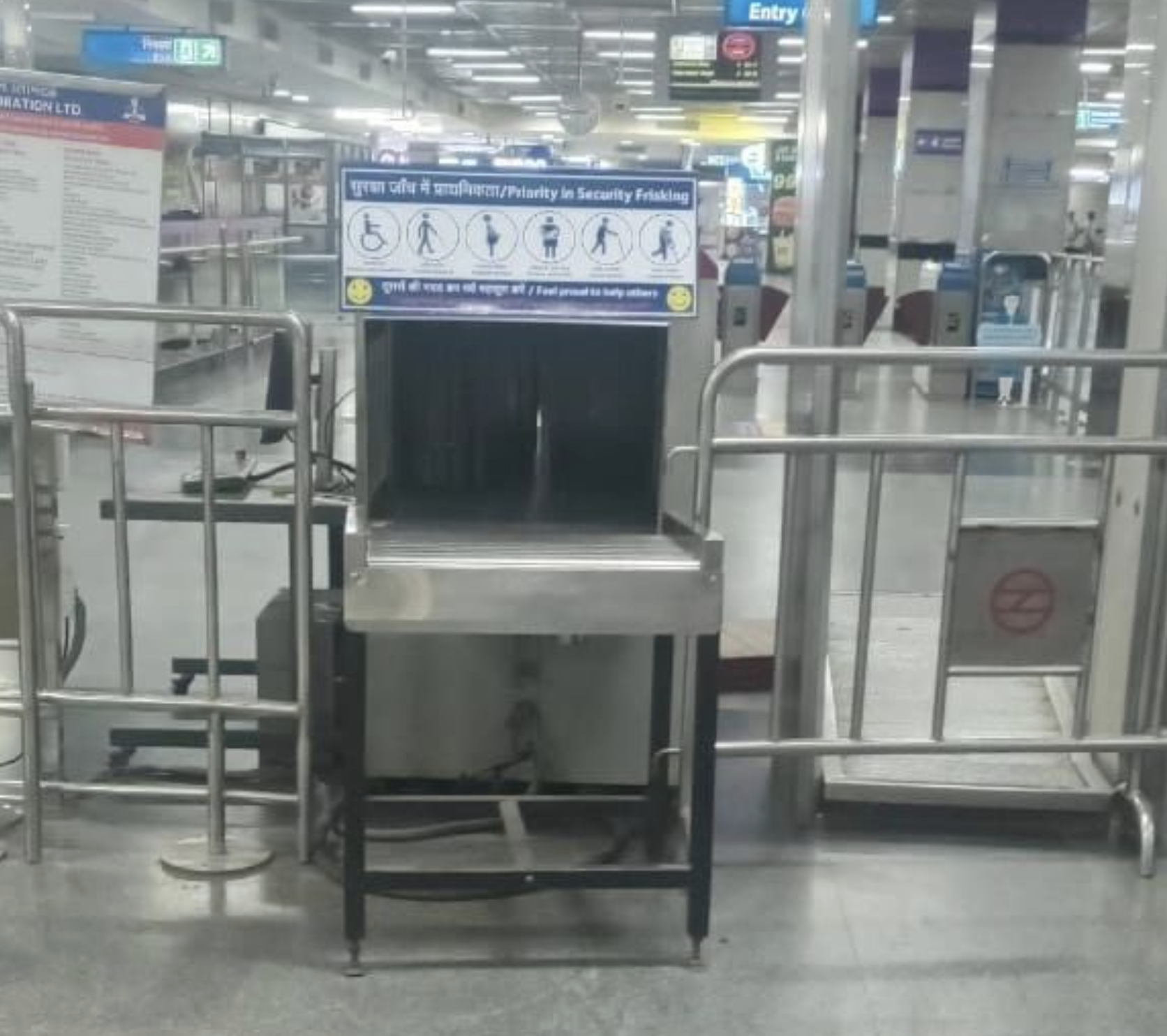
Image of the security gate at a metro station in India. Source: Delhi Metro Rail Corporation
2. Tickets and Payment Options
Metro tickets in India are very affordable, ranging from 10 to 60 INR (about 0.15 – 0.75 USD). There are three main ways to pay:
-
Token (single-journey ticket): A small plastic coin, valid for one ride.
-
Smart Card: A prepaid card, ideal for frequent or longer stays.
-
QR Code payment: Available through apps like Paytm, PhonePe, or Google Pay, widely used in Delhi and other major cities.
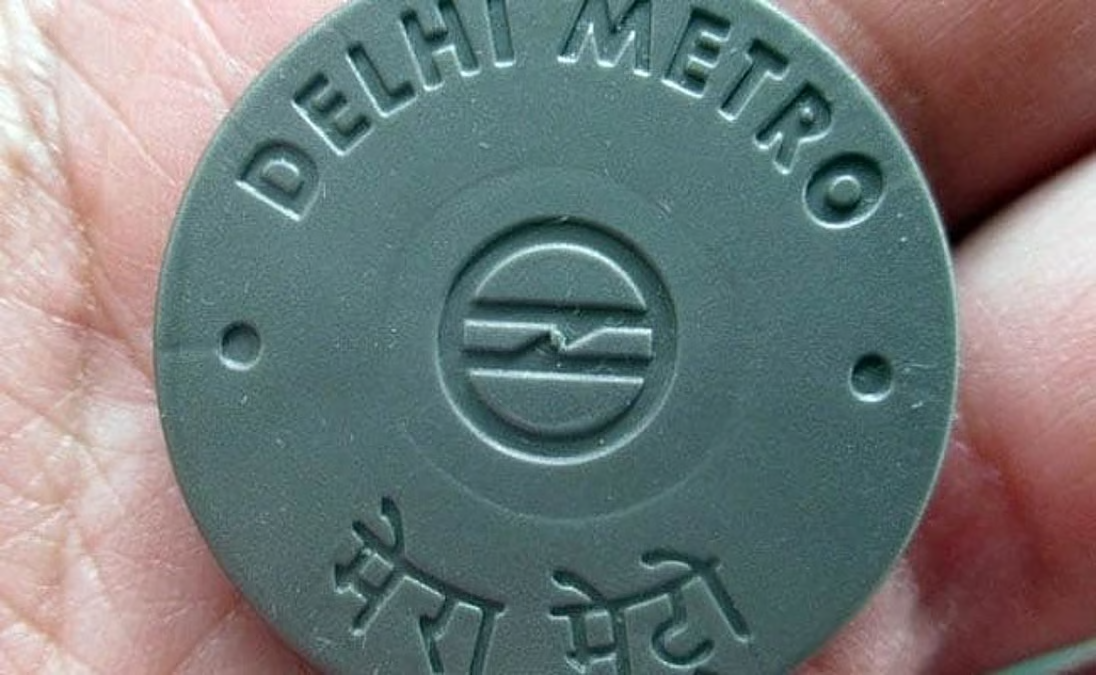 |
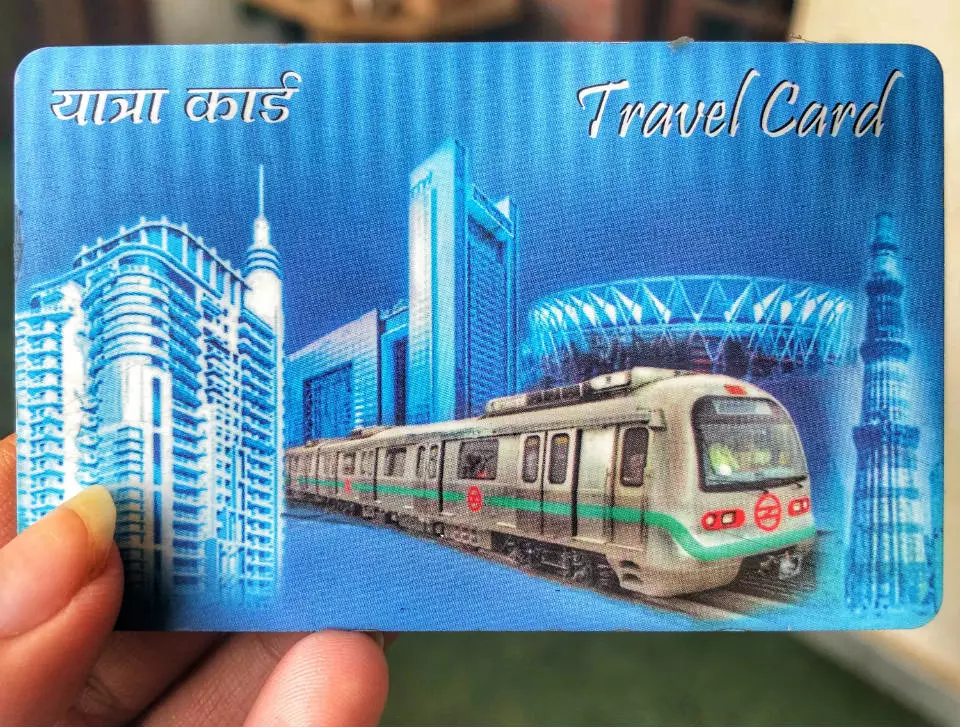 |
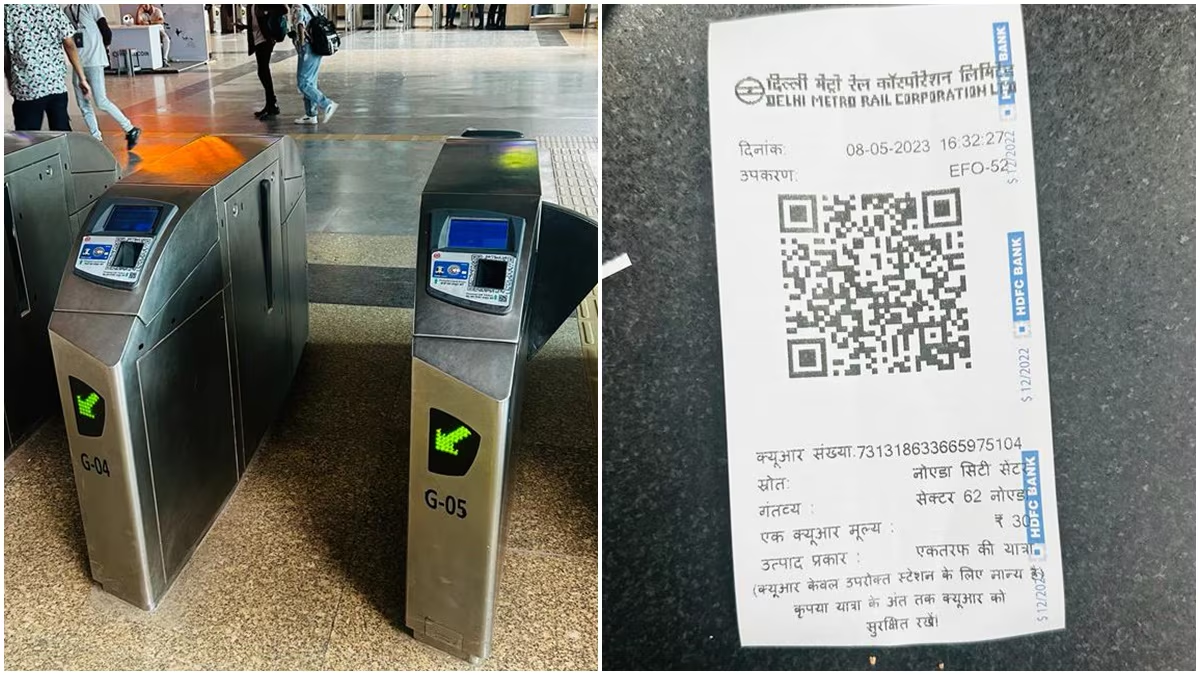 |
| Token | Smart Card | QR Code |
Operating hours: Usually from 5:00 AM to 11:30 PM.
Note: Keep your token or card until the end of the trip, as you need it to exit the station.
3. Delhi Metro Network – Main Lines and Interchanges
Delhi Metro connects almost every important district in the city through multiple color-coded lines:
-
Red Line (Rithala ↔ Shaheed Sthal, Ghaziabad)
-
Interchanges: Kashmere Gate (Yellow, Violet), Inderlok (Green), Netaji Subhash Place (Pink).
-
Yellow Line (Samaypur Badli ↔ HUDA City Centre, Gurugram)
-
Interchanges: Kashmere Gate (Red, Violet), Rajiv Chowk (Blue), Hauz Khas (Magenta), Sikanderpur (Rapid Metro), INA (Pink).
-
Blue Line (Dwarka Sector 21 ↔ Noida Electronic City / Vaishali)
-
Interchanges: Rajiv Chowk (Yellow), Yamuna Bank (branch line), Anand Vihar (Pink), Dwarka (Grey).
-
Green Line (Inderlok ↔ Brigadier Hoshiyar Singh, Bahadurgarh)
-
Interchanges: Inderlok (Red), Ashok Park Main (Blue), Netaji Subhash Place (Red, Pink).
-
Violet Line (Kashmere Gate ↔ Raja Nahar Singh, Ballabhgarh)
-
Interchanges: Kashmere Gate (Red, Yellow), Central Secretariat (Yellow), Kalkaji Mandir (Magenta).
-
Orange Line – Airport Express (New Delhi ↔ Dwarka Sector 21, via IGI Airport)
-
Interchanges: New Delhi (Yellow), Dwarka Sector 21 (Blue).
-
Magenta Line (Janakpuri West ↔ Botanical Garden, Noida)
-
Interchanges: Hauz Khas (Yellow), Janakpuri West (Blue), Kalkaji Mandir (Violet), Botanical Garden (Blue).
-
Pink Line (Majlis Park ↔ Shiv Vihar)
-
Interchanges: Netaji Subhash Place (Red, Green), Rajouri Garden (Blue), INA (Yellow), Anand Vihar (Blue), Lajpat Nagar (Violet).
-
Grey Line (Dwarka ↔ Najafgarh)
-
Interchange: Dwarka (Blue).
-
Rapid Metro Gurugram (Sikanderpur ↔ Golf Course Road)
-
Interchange: Sikanderpur (Yellow).
📍 You can check the Complete Route Details of Metro Map Delhi.
4. Facilities and Travel Tips
-
Facilities: Most stations have food kiosks, restaurants, and even free Wi-Fi (Delhi Metro). The official Delhi Metro Rail App (iOS/Android) helps you check routes, fares, and train timings.
-
Tips for travelers:
-
Avoid peak hours (8:00–10:00 AM and 5:00–7:00 PM) if you carry heavy luggage.
-
Always follow color-coded signs instead of memorizing long place names.
-
Female travelers can choose the women-only coach for more comfort.
-
Before visiting attractions like Red Fort, Qutub Minar, or Lotus Temple, check the nearest metro station to save money and time.
5. Beyond Delhi
Other cities with metro systems include Mumbai, Bengaluru, Hyderabad, Kolkata, Chennai, Jaipur, Lucknow, Ahmedabad, Pune, and Nagpur. While smaller in scale compared to Delhi, these metros also help travelers avoid heavy traffic and move around more efficiently.
Quickly check your eligibility for an India eVisa based on your nationality – Free tool!




